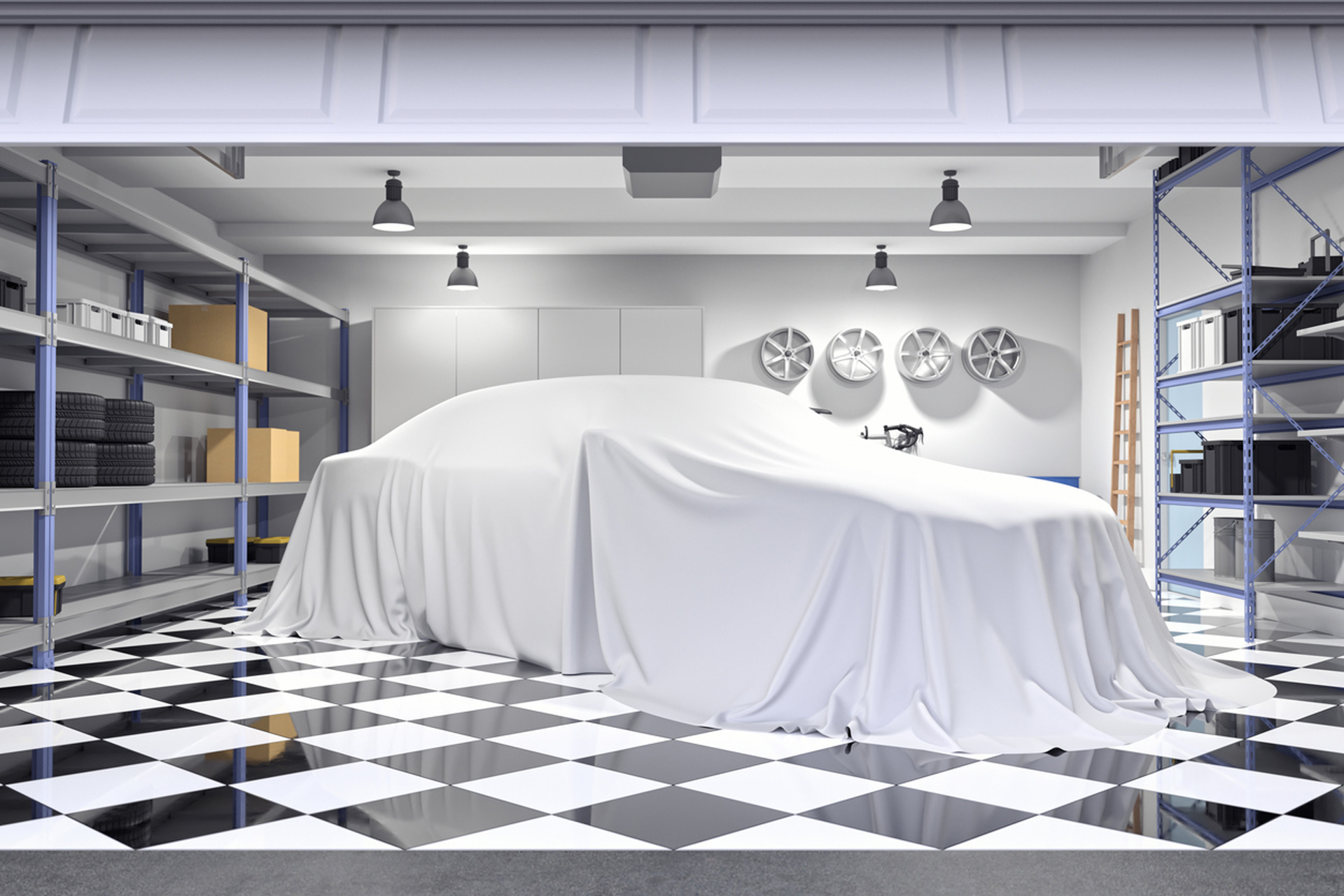

When it comes to epoxy painting applications in adverse weather, we hear a lot of questions. Even in the worst of weather, indoor constructions such as kitchens and basements may be completed. In a snowstorm, however, we are unable to apply an epoxy coating to a driveway or patio. Can an epoxy installation be done in the cold, rain, wind, or snow, for example, in an open garage? Yes, is the quick response to this question.
Weather Conditions That Are Not Ideal
High humidity, excessively high or low temperatures, rain, snow, and wind are all examples of unfavorable weather. In severe conditions like this, we frequently accomplish epoxy coating jobs. However, to ensure a successful application, the proper product kinds and methodologies must be applied.
Temperature and Humidity
When applying epoxy coatings in high humidity and high or low temperatures, the following are some “rules-of-thumb.”
Under internal applications (basements), don’t use a water-borne moisture-mitigating epoxy in high humidity or cold temperatures (50°F or lower). Because of the sluggish cure rates, product durability may be an issue. High temperatures are ideal for these items. Use fans to provide the necessary circulation if you must apply a moisture-mitigating epoxy in a restricted place, such as a basement.
A 100 percent solids epoxy, on the other hand, is unaffected by high humidity.
. However, like a moisture-mitigating epoxy, a 100% solids epoxy doesn’t perform well in cold conditions (<50°F) or when applied to cold substrates. Once again, this is because the cure rate will be too slow. Use heaters to ensure the product cures properly.
In colder weather, don’t apply coatings, especially clear coats, within 5 degrees of the dew point or to a surface upon which dew has already accumulated. The presence of dew may cause a coating to “blush” or peel over time. If dew is observed, remove the excess moisture with a squeegee and use fans to circulate the air overnight.
In cool weather, use a low temperature activator (“Part B”) to speed up the cure rate.
Although a moisture-mitigating epoxy and 100% solids epoxy may be limited under high humidity and/or low temperature, polyaspartic/polyurea hybrid products will actually cure well in high humidity and in cold weather conditions.
Rain and Snow
Rain and snow have little effect on good industrial epoxy materials once they are tack free. However, the time it takes to attain tack form varies according on the product (from 30 minutes to 4 hours or more). Preventing damage from rain or snow is as simple as taking the following precautions:
During each day of installation, protect the area to be coated by clamping a large plastic sheet to the bottom of the raised garage door. Tent the other end of the plastic sheet outwards away from the garage door and secure it by placing multiple paver stones over either end of the plastic. The plastic sheet will act as a protective barrier to rain, snow and wind.
. Protect the coated area by reattaching the plastic sheet to the garage door’s outer side at the end of each day of installation. Lower the garage door and, as two garage door parts fold together, lay one end of the plastic sheet between them. Place paver stones over either end of the plastic sheet to attach it. Tent the other end of the plastic sheet outwards away from the garage.
Wind
Dust and debris carried by the wind can permeate and “contaminate” a covered space. Precautionary actions should be taken, similar to those indicated in the “Rain & Snow” section above.
On windy days, it will be difficult or impossible to spread PVA or mica chips for all exterior installations.
In high-wind circumstances, do not attempt to apply a clear sealer using a sprayer, as these materials will drift, potentially resulting in costly repairs.
When using a sprayer to administer a substance, it’s critical to mask adjacent regions to avoid overspray. Glass, automobiles, walls, pools, and other items are all specifically protected.